The oven plays a significant role in the PTFE (Polytetrafluoroethylene) moulding sheet production process. PTFE is a high-performance polymer, and the oven is essential for its proper molding, curing, and overall processing. Below are the key uses of the oven in the PTFE moulding sheet production:
1. Heating and Softening
- Softening the PTFE Resin: The oven provides controlled heating to soften the PTFE resin, making it more pliable for molding. PTFE has a high melting point, and precise temperature control in the oven ensures the material softens without degrading.
- Consistent Heat Distribution: The oven ensures uniform heating, which is essential for achieving consistent results in the final product. This prevents localized overheating or underheating.
2. Curing Process
- Curing PTFE Sheets: After the material is shaped into sheets, the oven is used to cure the PTFE. This process solidifies the material, enhancing its physical properties such as durability, heat resistance, and chemical inertness.
- Optimal Curing Time and Temperature: The oven provides a controlled environment, allowing precise management of time and temperature, ensuring the PTFE sheets reach the correct curing stage for optimal performance.
3. Drying and Degassing
- Removing Moisture: PTFE resin absorbs moisture, which can negatively impact the molding process. The oven helps in drying the material by evaporating the moisture content before molding.
- Degassing: The oven also aids in degassing the PTFE material, ensuring that air bubbles or contaminants do not compromise the sheet’s quality.
4. Post-Processing
- Post-Curing Adjustment: After the initial molding, the oven is sometimes used to further heat-treat the PTFE sheets to achieve specific mechanical properties or enhance the material’s strength.
In conclusion, the oven is essential in the PTFE molding process for softening, curing, drying, and post-processing, ensuring high-quality, durable PTFE sheets for various applications.
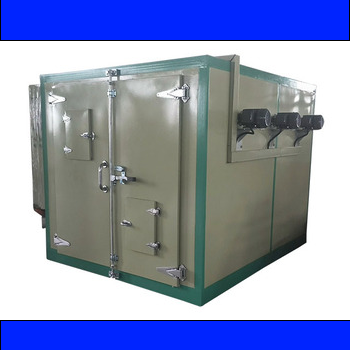
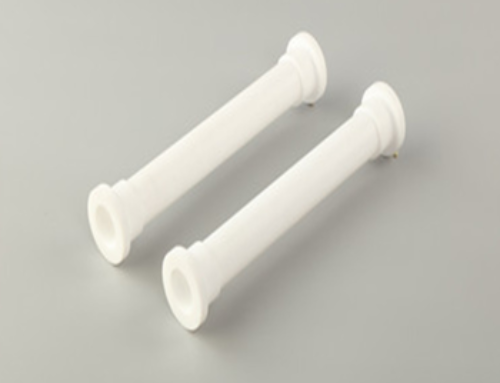
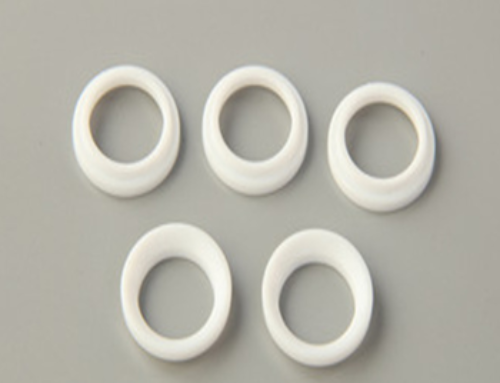
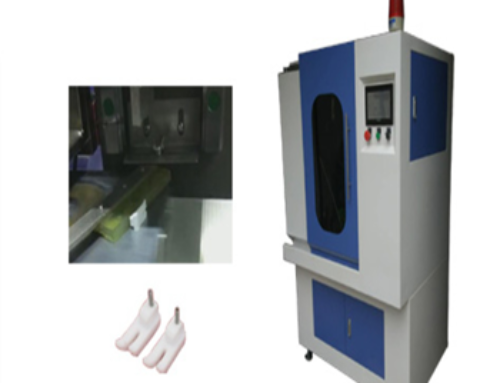
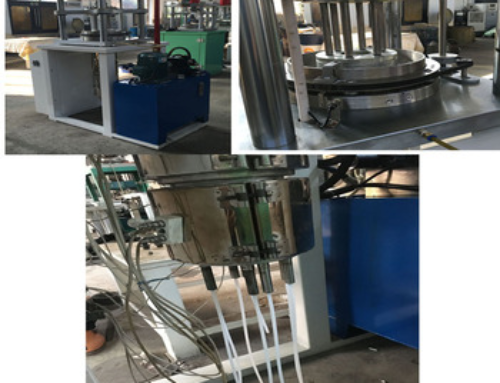
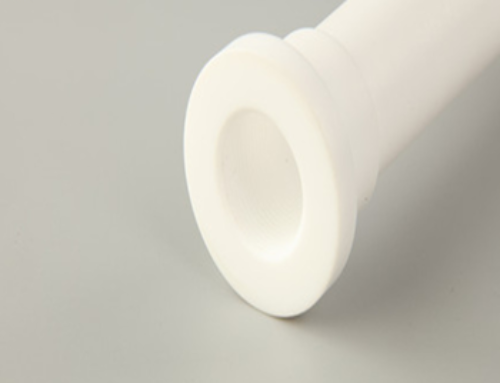

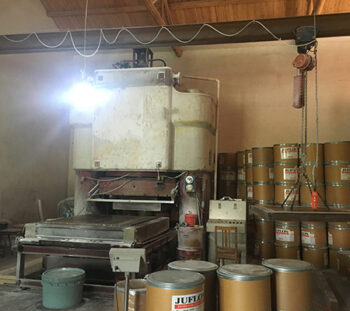
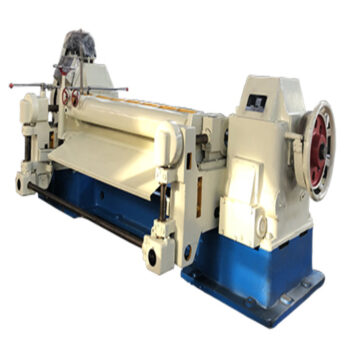
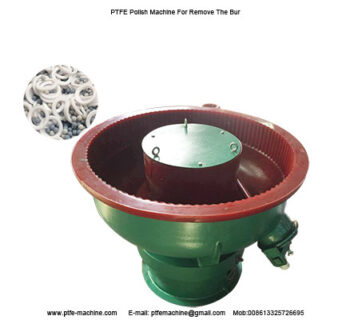
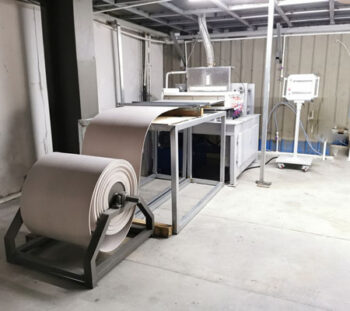
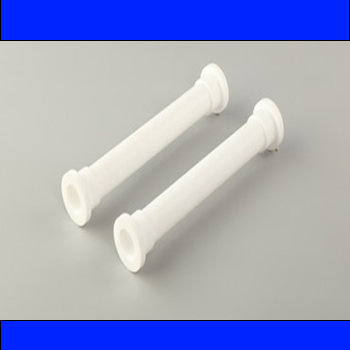

Leave A Comment
You must be logged in to post a comment.